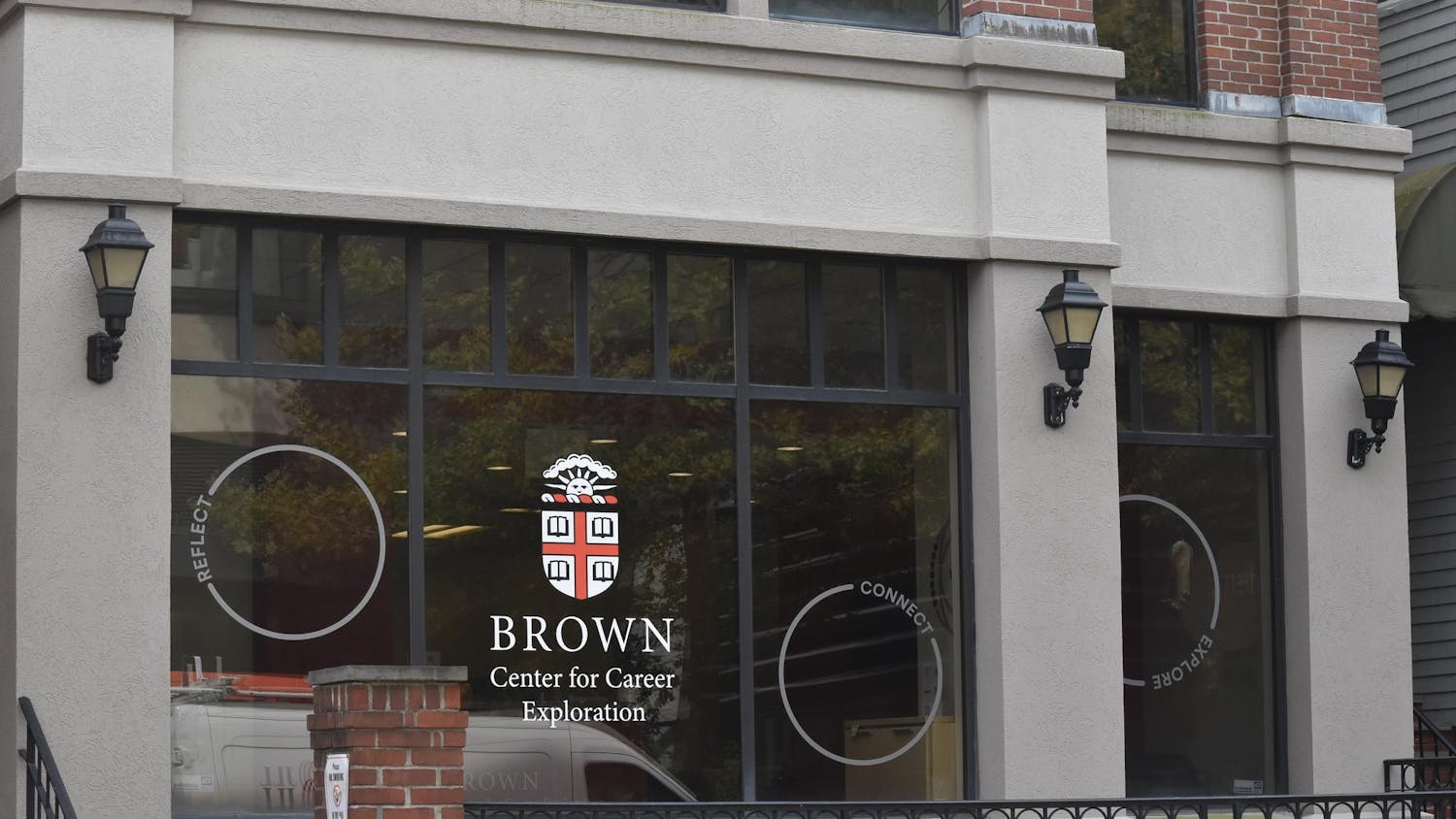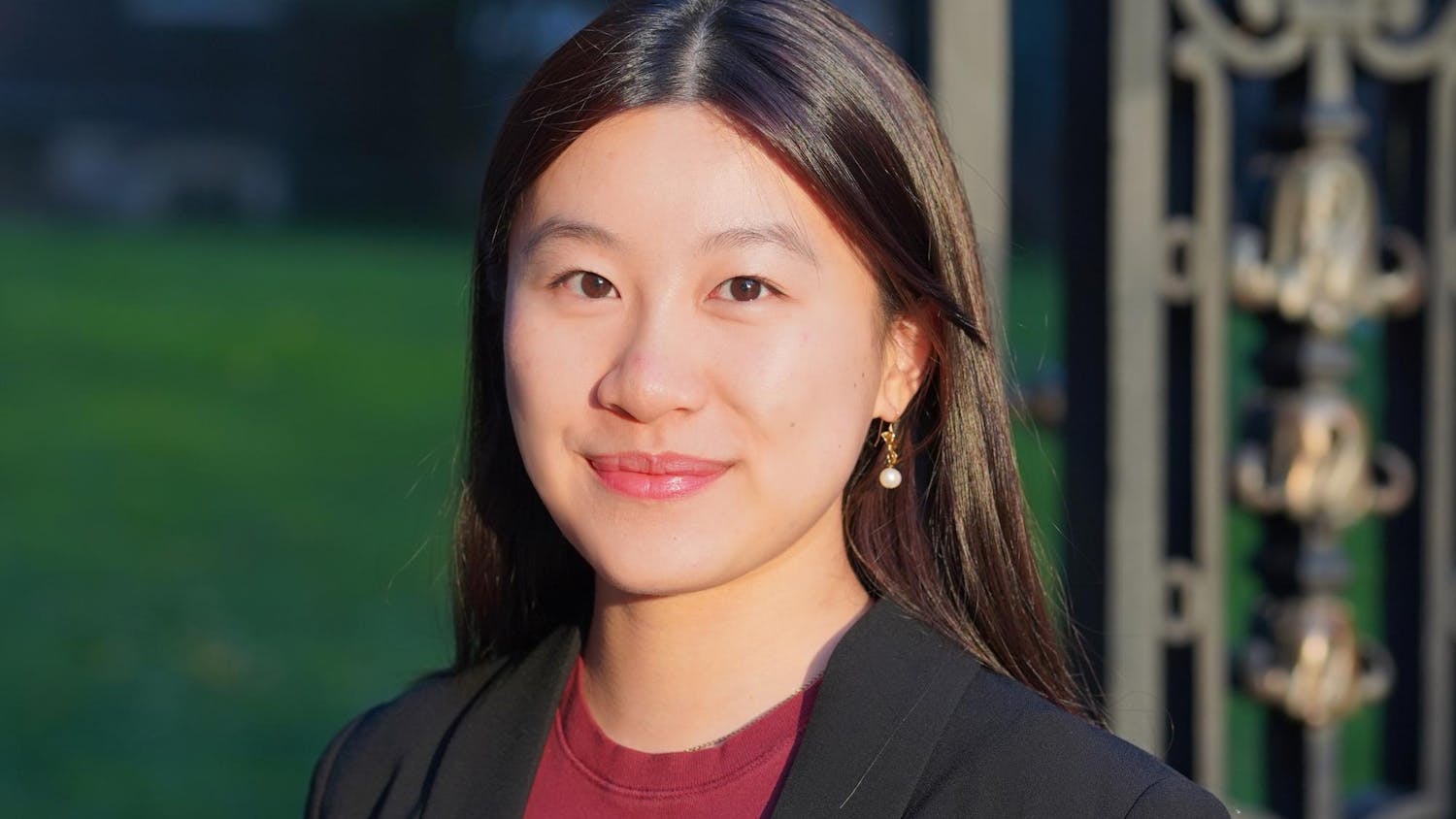The University’s senior administration ranked the second least racially diverse in the Ivy League in an analysis conducted by the Daily Pennsylvanian earlier this month.
At 5.6 percent, or one out of 18 total senior administrators, the University’s proportion of minority senior administrators is only higher than Yale’s 3.8 percent.
The data compiled by the Daily Pennsylvanian looked at the percentage of top administrators who are black, Asian or Hispanic across the Ivy League.
Provost Mark Schlissel P’15 said he is not content with the level of diversity among Brown’s senior administrators, adding that expanding such diversity is one of his goals. “Having diverse perspectives involved in leading the University is a strong advantage,” he said. “There is absolutely no question about that.”
Searching for diversity
Search committees have been formed to find replacements to fill three of the 18 senior positions: vice president for Computing and Information Services, vice president for research and dean of medicine and biological sciences. Schlissel, who is leading the latter two searches, said diversity will be one of many factors considered by the committees.
“We have certainly made efforts to make sure we have as diverse an applicant pool as possible,” he added. The difficulty, Schlissel said, is finding the right candidate who wants the job.
“In each (search) there are different challenges, and each has a different population of people who are in those fields already,” said Beppie Huidekoper, executive vice president for finance and administration. She is heading the search for a vice president for CIS.
These different challenges are being met with varied solutions. A search firm has been hired to help find a new dean of medicine and biological sciences, while mostly on-campus candidates are being considered for the vice president of research position, Schlissel said. He described a general lack of diversity in medical schools, particularly in the underrepresentation of female deans at such institutions. The search firm has been hired to help find a diverse pool of applicants, he said.
Huidekoper said recruiting minority candidates has been a challenge, adding, “and that’s not for lack of trying.”
Associate Provost for Academic Development and Diversity Liza Cariaga-Lo defined the difficulty of finding diverse candidates as the “pipeline issue.” At each higher level in academia, Cariaga-Lo said, there are fewer people from diverse backgrounds. The small pool of available candidates is made even smaller given that qualified individuals may already be happily employed at other institutions and might not want to move, she added.
Looking forward
With a relatively new provost and a new president, Cariaga-Lo said, there is an opportunity to find and recruit diverse candidates more diligently.
“Part of what makes Brown really amazing and unique is ... not just that we have a really diverse academic community, but in fact we have students and faculty and staff and administrators who really have worked very hard to create a community of inclusion,” Cariaga-Lo said. That inclusive community is not widely known about outside of Brown, she added.
The lack of racial diversity at the highest levels of the University’s leadership does not extend throughout the entire administration — about one-third of the 19 administrators in the Office of the Dean of the College identify as non-white, for example.
As part of its strategic planning process, the University is emphasizing the need for a more diverse faculty, The Herald reported last fall.
Undergraduate Council of Students President Anthony White ’13 said the focus on increasing faculty diversity is due to the fact that professors typically interact with students more than administrators do. Diversity in the senior administration has been less of a concern and is harder to change because there is less frequent turnover, White said. “I think it’s a problem and something that Brown definitely let go to the wayside,” he said.
“One of the difficult things about when we use the term ‘diversity’ is that we always tend to look at the physical identifier,” White said. He added that he finds several kinds of diversity important for UCS executive committee discussions: “people not only from different racial groups, (but) individuals from all different economic backgrounds, different geographic (histories) … different international backgrounds and different commitments outside of UCS.”
Other dimensions
The Daily Pennsylvanian article, which came after several opinions columns sparked debate about administrative diversity on the Penn campus, considered only race in its analysis. One area in which the provost said he is happy with the senior administration’s diversity is its variety of academic backgrounds.
“We certainly have diversity of socioeconomic backgrounds, parts of the country, parts of the world,” Huidekoper added. Half of the senior administrators are women.
The equal representation of women has been a relatively new shift in universities’ governance over the past couple of decades, Huidekoper said. Former President Ruth Simmons not only represented women during her time at Brown, but was also the Ivy League’s first and only black president, she added.
Cornell’s senior administration is the most racially diverse in the Ivy League, with racial minorities accounting for 20.6 percent of the administration, according to the Daily Pennsylvanian article. “In a global economy and a global education system, it sends the right message that we are open,” said Cornell’s Vice President for Planning and Budget Elmira Mangum.
Mangum said the environment of openness at Cornell draws diverse candidates to the university. Through a “diversity initiative,” Cornell officials have made diversity at all levels of the university a top priority, she added.
Brown’s senior administration strives to increase its diversity “so we have different opinions around the table as we are trying to make decisions about the University’s future,” Schlissel said. “We are going to have to keep staying on top of this.”

ADVERTISEMENT




